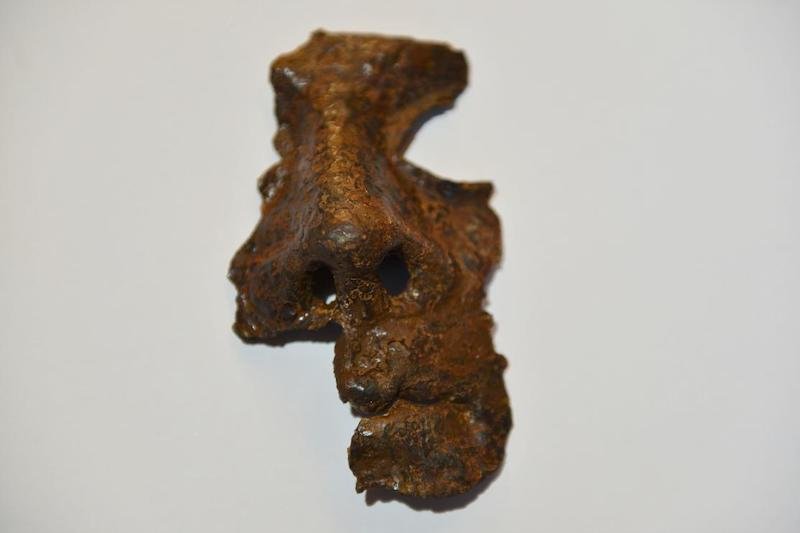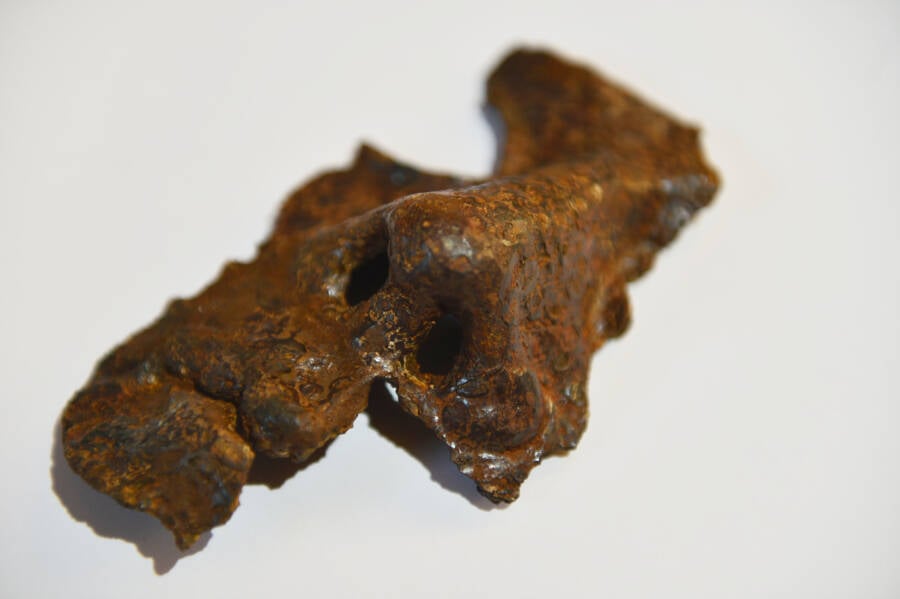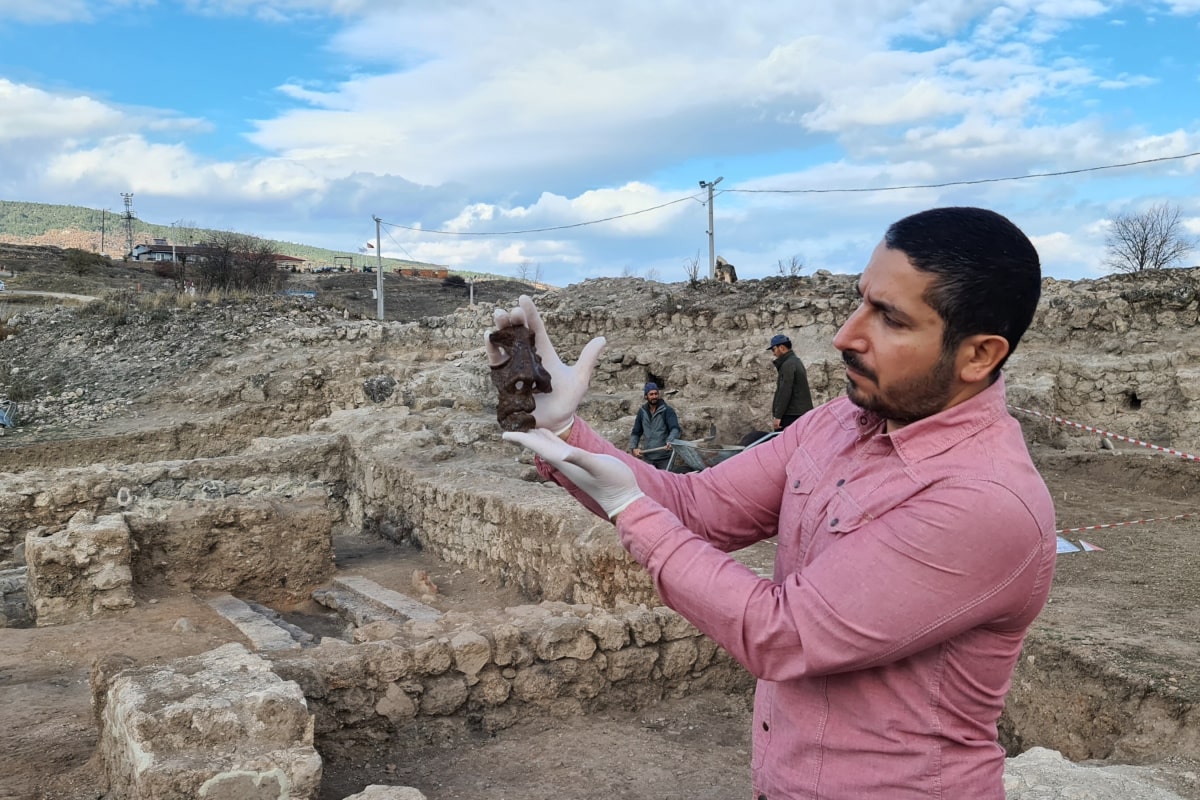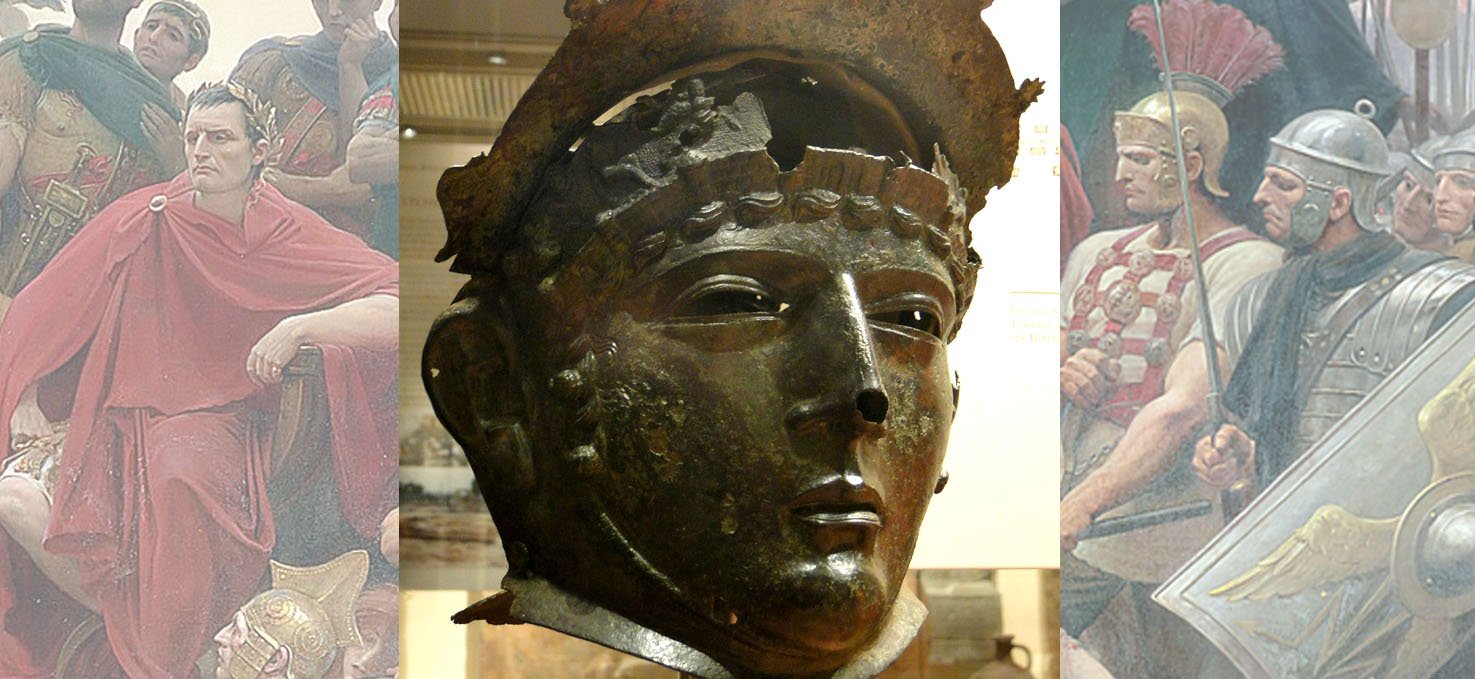An extraordinary discovery has been made in the ancient city of Hadrianaupolis, located in the Eskipazar district of Karabük, Turkey. An iron mask, believed to be approximately 1,800 years old and belonging to a Roman soldier, has been unearthed. This significant find adds a new chapter to our understanding of the Roman Empire’s reach and influence in the region.
Ongoing Excavations in Hadrianaupolis Ancient City
Excavations in the Hadrianaupolis Ancient City have been ongoing since 2003. Under the leadership of Assoc. Dr. Ersin Çelikbaş from the Karabük University Archeology Department, the team has been diligently working to uncover the historical treasures of this ancient site. The city, which dates from the 1st century BC to the 8th century AD, is located in the village of Budaklar and has revealed numerous artifacts over the years.

Details of the Iron Mask and Its Significance
This season, the excavation team focused on a square-planned structure whose function remains a mystery. Within this structure, they discovered a fortification wall, suggesting it may have been a military building. It was during this investigation that the iron mask was found, providing valuable insights into the military presence in Hadrianaupolis.
Insights from Excavation Leader Assoc. Dr. Ersin Çelikbaş
Assoc. Dr. Çelikbaş emphasized the importance of this discovery in understanding the history of the Western Black Sea Region. He stated, “We continue to illuminate the history of the region with our works. During our excavations, we found important data showing the existence of the Roman Empire in the region. This mask also belongs to a Roman soldier. A Roman cavalry face mask, a piece of helmet.”

Historical Context of the Roman Presence in the Western Black Sea Region
The history of the inner regions of the Western Black Sea Region has not been fully clarified yet. However, findings like this mask are crucial in shedding light on the Roman Empire’s defensive strategies and territorial extent. The mask fragment, believed to date back to the 3rd century, aligns with other Roman artifacts found in similar contexts, further supporting the idea of a Roman military presence in Hadrianaupolis.
Evidence of a Roman Military Base in Hadrianaupolis
Dr. Çelikbaş suggested that Hadrianaupolis might have been one of the defensive military cities established by Rome. He explained, “Rome has planned to make its defense at the far end by building bases against all kinds of dangers that may come from the Black Sea Region to its own geography. We think that one of these defensive military cities was Hadrianaupolis. The mask fragment is from the imperial period. It most likely belongs to the 3rd century when we look at similar examples and stratification history.”

Comparisons with Similar Roman Artifacts
Comparing the iron mask with other similar artifacts helps in dating and understanding its context. The mask is thought to be from the 3rd century, based on its design and the stratification history of the site. Such comparisons are essential for archaeologists to accurately date and interpret their findings.
Previous Significant Discoveries in Hadrianaupolis
Last October, during excavations in the southern necropolis of Hadrianaupolis, an iron ring dating back 1,800 years was found inside rock tombs. The ring featured an agate stone engraved with the figure of Pan, the god of shepherds in Greek mythology. This discovery, along with the recently found iron mask, underscores the historical richness of Hadrianaupolis.

Preservation and Museum Display of the Findings
The artifacts discovered in Hadrianaupolis are meticulously preserved. Movable findings are transferred to museums in the surrounding provinces, ensuring their protection and public display. Immovable artifacts are preserved in situ, allowing for ongoing study and conservation. These efforts are crucial in maintaining the historical integrity of the site and sharing its treasures with the world.

